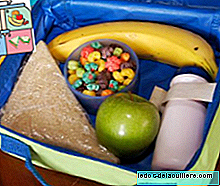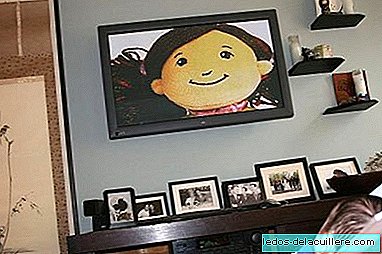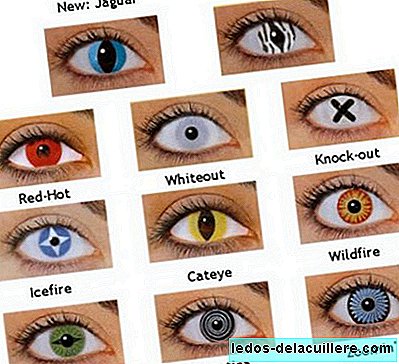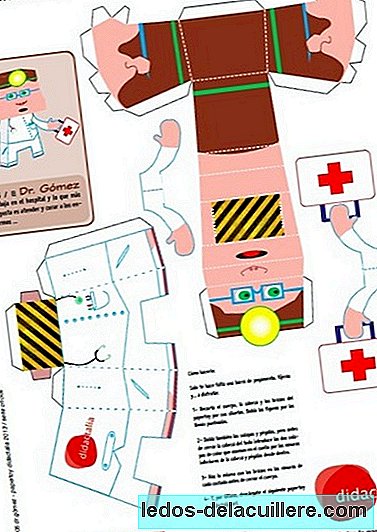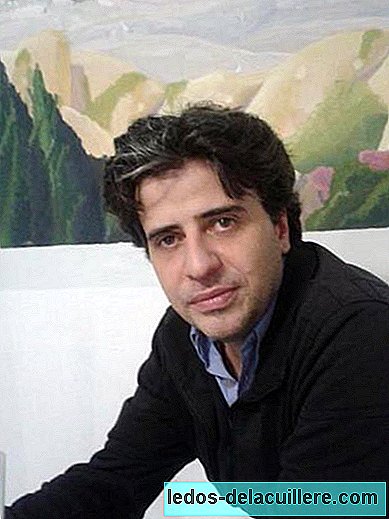
Carlos Salgado Allaria is Master of the International Chess Federation with an ELO ranking of 2355 and is also an international referee. He works as teacher in several schools from the Costa Brava, in addition to personally training some of the most important young Catalan chess players. Have over twenty years of experience as a chess teacher and is registered in the Official Register of Professionals of l'Esport a Catalunya under the registration number REP 005566. He is part of the Board of Directors of the Escola d'Escacs Costa Brava (eecb.cat) and of Club d'Escacs Platja d'Aro, organizer of the International Festival d'Escacs Vila de Platja d'Aro. He is also the author of The teaching of chess in children and young people a pedagogical review registered in the Department of Culture of the Generalitat de Catalunya according to request GI-432-10 on September 8, 2010. I met Carlos at the Santa Francisca Javier Cabrini School in the presentation of the Jaque mate initiative to the school failure in which Carlos Salgado He presented his book The wonderful world of chess at school launched in Verkami.
The objective of the interview is to know more details about the book, how to get it, and also continue to influence the importance of chess as a valuable educational resource to stimulate reading comprehension and problem solving among children. There we go with the interview:
What is the origin of the book The wonderful world of school chess?
The book came almost by chance, when I started teaching my four-year-old daughter chess (she is currently six). I tried it first by the traditional method (that is, sitting it in front of the board, showing him the pieces, and telling him how each one moves) but I couldn't keep his attention for more than two minutes. Then I changed the method, began telling stories of distant kingdoms with kings, princesses, knights and soldiers. For each piece I invented a characteristic story. And so, without realizing it, he learned the first steps in chess.
What are we going to find in the book?
It is a book different from everyone else, because it is exclusive for children. The board, the movements of the pieces, the check and the checkmate, the drowned, everything is explained through easy-to-memorize stories, where the child blows his imagination and feels the protagonist.

How can you get the book after the success of the production in crowdfunding mode?
Our goal, from the outset, was not to make money with the book, but to get the teaching method to all parents and teachers who teach chess. Therefore, the book can be downloaded for free from the website of the Escola d'Escacs Costa Brava, who from the outset supported our initiative.
... I changed the method, I began telling stories of distant kingdoms with kings, princesses, knights and soldiers. For each piece I invented a story. And so, without realizing it, he learned the first steps in chess ...
Logically, if you want to acquire it on paper, it has printing costs, for this you have to write an e-mail to [email protected]. As simple as paying by deposit or transfer (the book is worth 15 euros plus shipping) and is sent by Post.
What is the recommended age for children to approach chess?
From the age of three, children can already be taught, but always through stories, stories and educational games. It is necessary for the child to participate and not be a mere spectator, since it is difficult to capture the attention of the little ones for a long time.

Should we introduce chess in schools?
Numerous studies have shown the benefits of taking chess to schools. In several countries tests have been done by separating children into two groups, teaching one chess group and the others not. The results, visible after only one year, were that the group that had received the chess classes achieved a significant improvement in the qualifications, confirming the positive contribution of the practice of chess to the teaching-learning process.
What qualities does it contribute and which does not contribute to children practicing chess?
It is proven that playing chess continuously increases intellectual abilities, also improves attention span and concentration, increases creative and logical reasoning skills, helps anticipate the consequences of acts, improves the structure of thinking through various methods, algorithmic and heuristic.
Playing chess continuously increases intellectual abilities, improves attention span and concentration, increases creative and logical reasoning skills
Among the negatives, well, we must say that being a mental sport must be complemented with physical activity, in fact the best chess players in the world know that maintaining tension in a game of high competition for so long forces them to have a good state physical.
How can parents help to know and practice chess with our children?
A good step would be to start by downloading the book via the Internet, which is free. If they really like it, they always have the option to buy it to have it also on paper. And of course, do not miss the opportunity for children to enjoy this game, which is also science, sport, and for the most passionate, even an art.
Several schools in Blanes, Lloret, Palafolls and Platja d'Aro already have the book in their libraries although we have seen that many AMPAs do not know the benefits that chess can bring to their children
What response has your book had in chess schools and colleges?
Several of the schools in Blanes, Lloret, Palafolls and Platja d'Aro already have a copy of the book in their libraries. However, having not had any kind of institutional support from chess federations, it has not been easy for us to introduce it massively. We have also found that many AMPAs do not really know the benefits that chess can bring to their children. Anyway, our career is in the background, we will continue fighting so that no child is left without the possibility of learning this wonderful game.

I also have to present to Natalia Romero Núñez who is the illustrator of the book and creator of the images that illustrate the interview. Natalia has the title of superior technique in illustration since 2009 and is specialized in traditional technique, digital design, photography and body painting. Although he usually works at a particular level making portraits, logos, pictures, personal commissions, he has also made several collaborations with specialized magazines. You can learn more about his work on his personal Inoxdesign blog.
And here the interview with Carlos Salgado. I thank you for your generosity in the answers and for sharing with us your experience and your work with chess teaching the kids to enjoy this exciting sport. I also leave below a compilation of links, from which you can learn more of the project and of course access the book for download.


